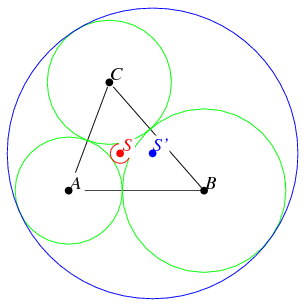Give ideas to make a PPT on Heron's formula and Triangle and its angles.Please i will br really vey very obliged to you.
Triangle and its angle :-
Triangles
A triangle has three sides and three angles | |
The three angles always add to 180° |
Equilateral, Isosceles and Scalene
There are three special names given to triangles that tell how many sides (or angles) are equal.
There can be 3, 2 or no equal sides/angles:
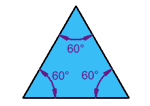 | Equilateral TriangleThree equal sides |
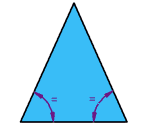 | Isosceles TriangleTwo equal sides |
 | Scalene TriangleNo equal sides |
What Type of Angle?
Triangles can also have names that tell you what type of angle is inside:
 | Acute TriangleAll angles are less than 90° |
 | Right TriangleHas a right angle (90°) |
 | Obtuse TriangleHas an angle more than 90° |
Combining the Names
Sometimes a triangle will have two names, for example:
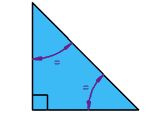 | Right Isosceles TriangleHas a right angle (90°), and also two equal angles |



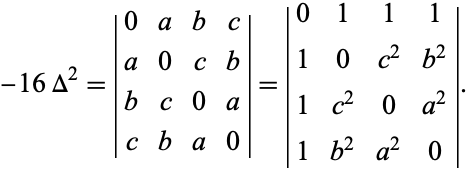
![(4Delta)^2=[a^2 b^2 c^2][-1 1 1; 1 -1 1; 1 1 -1][a^2; b^2; c^2]](http://mathworld.wolfram.com/images/equations/HeronsFormula/NumberedEquation4.gif)
